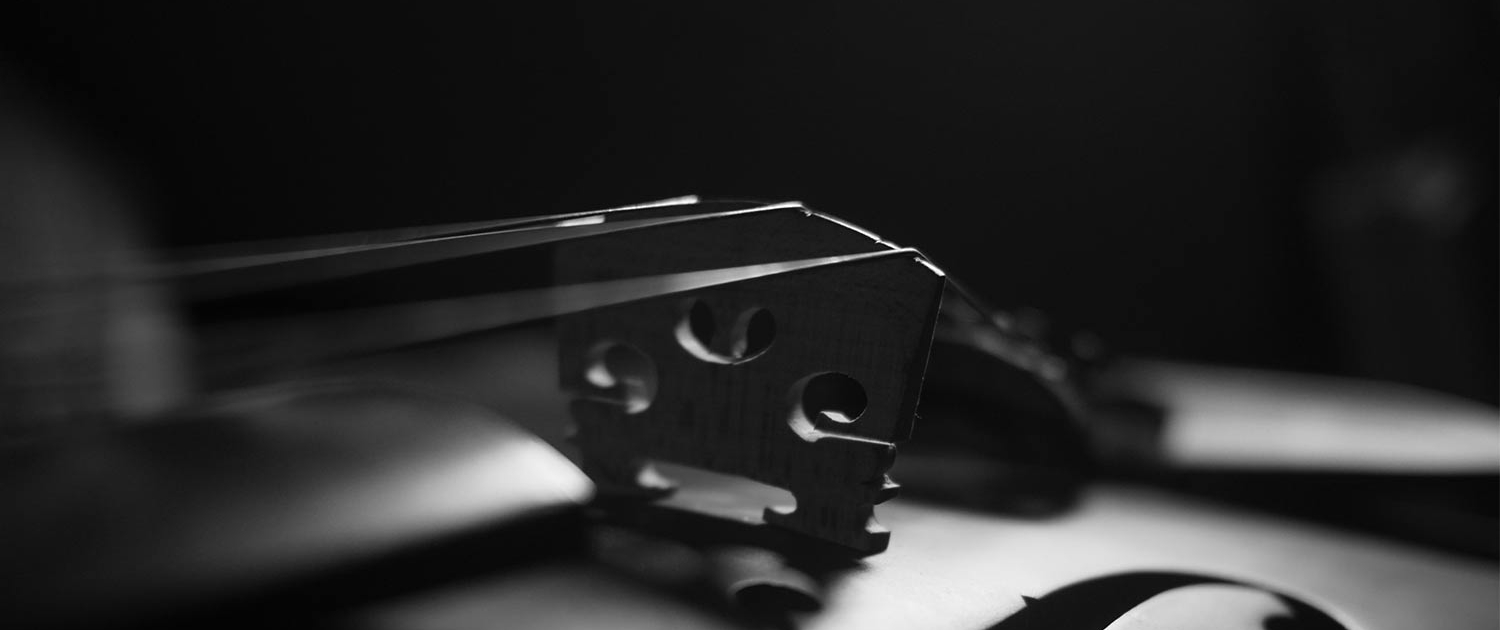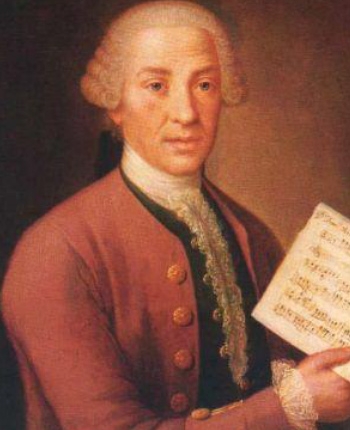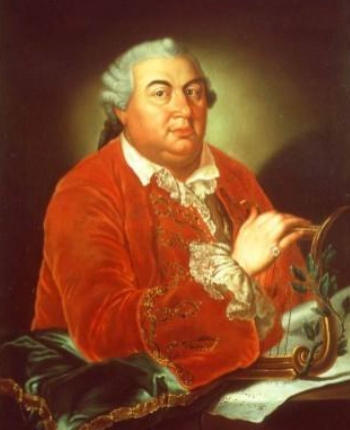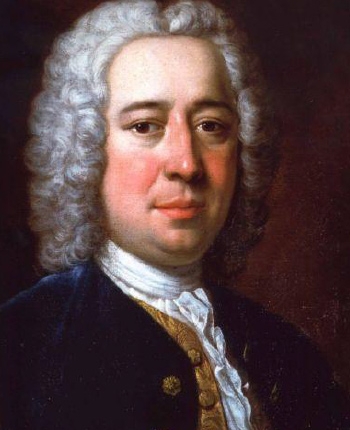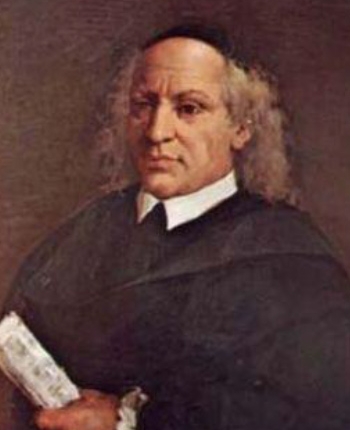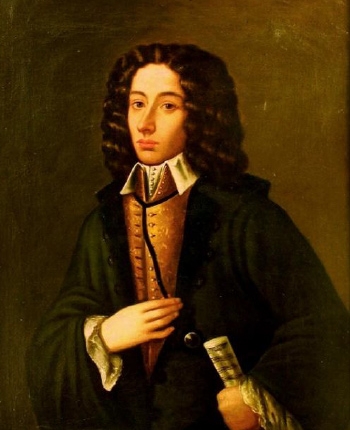Masters and pupils
A turning point came in 1675 when he became choirmaster of the Don Giovanni Salvatore Conservatory, one of the greatest Neapolitan masters of that century, who had been a teacher of Francesco Provenzale and many others who in turn became protagonists in subsequent generations.
He was a pupil of Salvatore to the Poor of Jesus Christ Gaetano Greco, who from 1676 became a “mastricello” little master – that is, a teacher for beginners – and then in the last years of the century director of the Conservatory in place of Salvatore.
In those years many students enrolled in the Conservatory who later became famous teachers, among others, in 1698, the famous singing teacher and opera player Nicola Porpora, who was the teacher of the emasculated singer Farinelli.
ÀzIn 1675 Donato Ricchezza, a composer very attached to the Girolamini church located in front of the conservatory, was promoted to “mastricello” and the fathers of the Oratory welcomed him lovingly during the years of his last illness.
Greco Performed his work as the master of The Poor until his death in 1728.
Beside him, master of string instruments, there was his brother, Rocco Greco, replaced from 1727 by Domenico De Matteis, while various wind masters alternated until 1725 when the the post was assumed by Giuseppe Comes. The violin school of our Conservatory was among the most renowned in the city and this was the instrument in which a boy who arrived in 1726 from the Marche as a paid boarder was brought to light: Giovan Battista Pergolesi known as “lo Jesi”. The boy was really so good and talented that he was exempted from paying the fees he soon became a “mastricello” and was put in charge of one of the five “paranze”, the groups of children who toured the city in processions or for public parties, guided generally by more experienced violinists.
Many legends were born about him because he died too young, age 26, with the Capuchin Fathers of Pozzuoli where he had just finished his masterpiece, the Stabat Mater in 1736.
Giovan Battista learned the secrets that made him so famous in Europe from his conservatory masters, especially from Leonardo Vinci, a Calabrian who had taught music to the alchemist prince, Raimondo di Sangro, when he was a child and then became vice-master of the Royal Chapel and became very famous throughout Europe. He too died prematurely in 1730, he is said to have been poisoned.
After Greco’s death in 1728, it was not clear that times had changed and the students who finished their studies at the Conservatory could not find a job as easily as they did in the past. So in 1743 the authorities decided to close the Conservatory of the Poor of Jesus Christ.
Today, after almost three centuries, the Conservatory of the Poor of Jesus Christ and the Church of Santa Maria della Colonna are once again places of music and beauty as it had been 0for 150 years from the time of Brother Marcello Fossataro, the years in which the fame of Naples as the capital of music spread all over the world.


